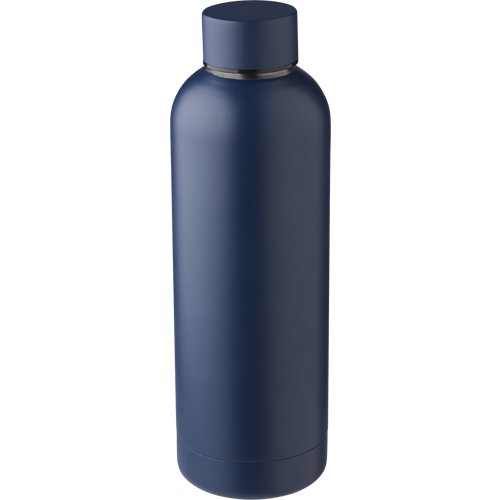
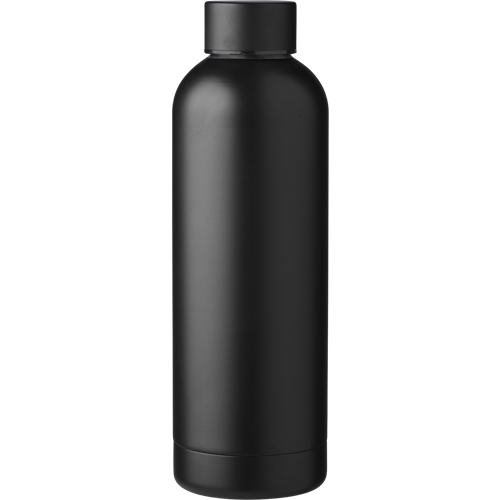
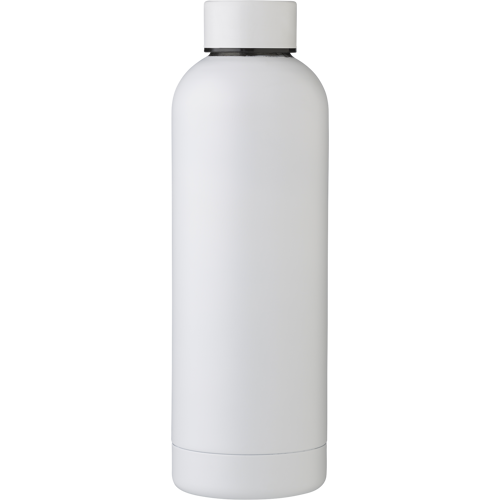
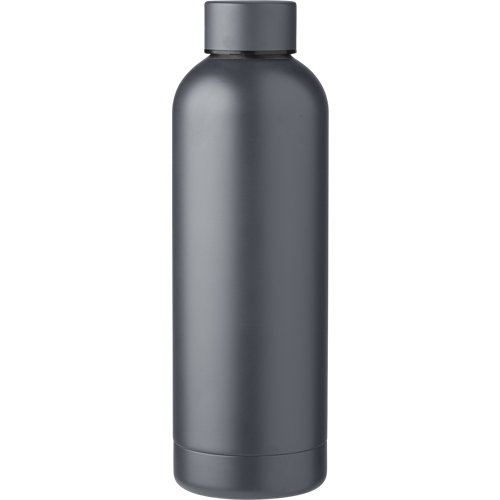
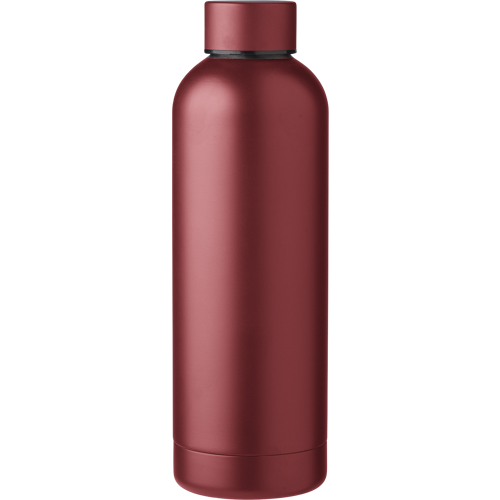
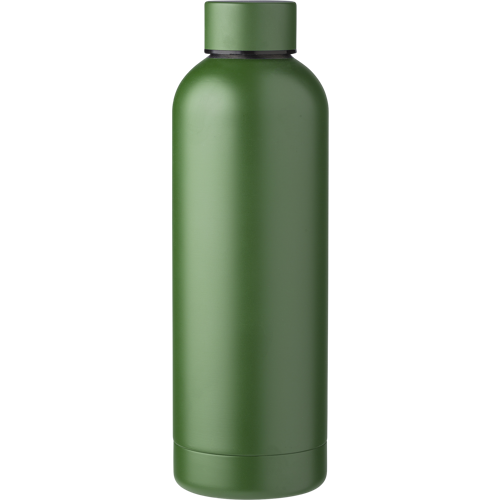
The Alasia
Recycled stainless steel double walled bottle (500ml)
sign in for pricing
sku. 971864
6 colours express eco proof
Trending products






The Alasia
Recycled stainless steel double walled bottle (500ml)
sign in for pricing
sku. 971864
6 colours express eco proof
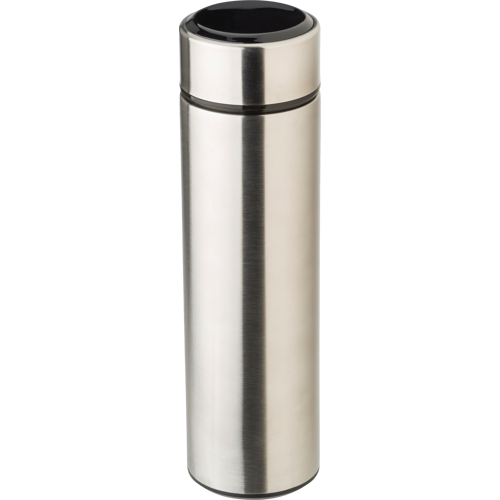
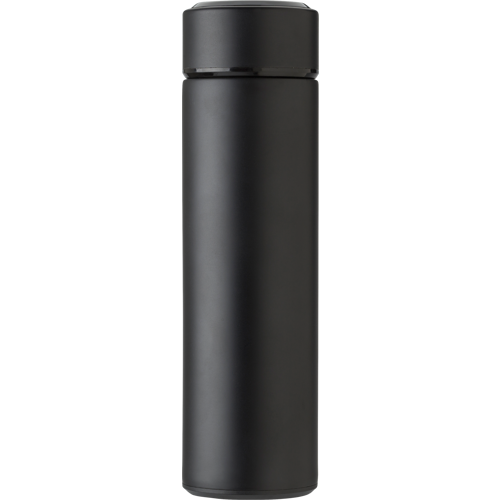
Stainless steel thermos bottle with LED display (450ml)
sign in for pricing
sku. 427380
2 colours
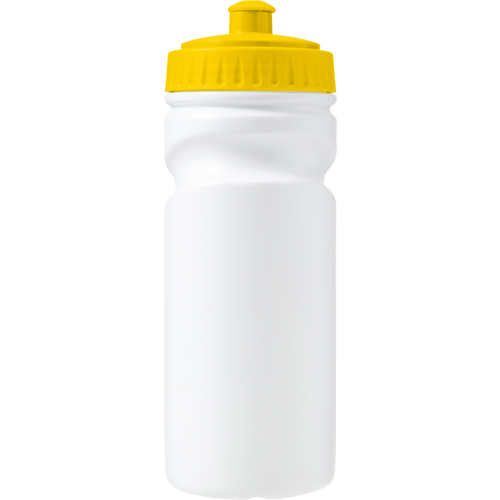
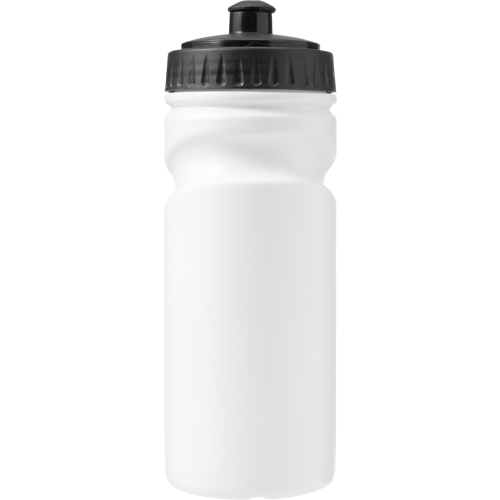
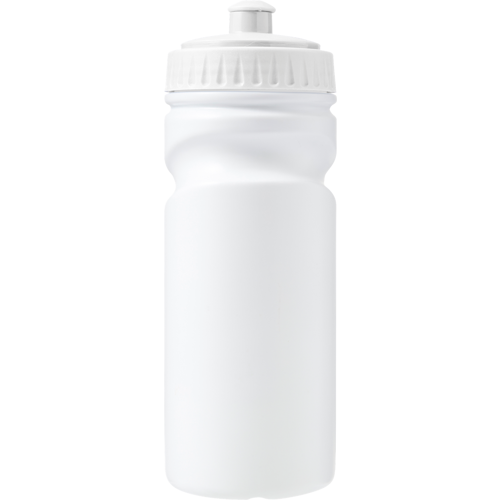
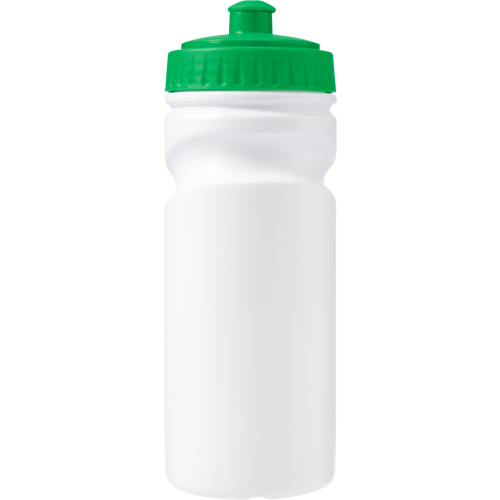
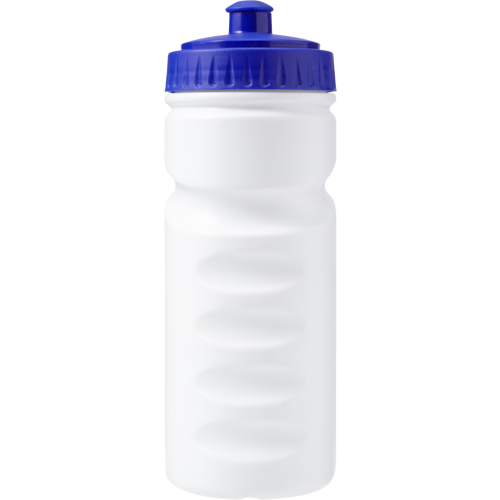
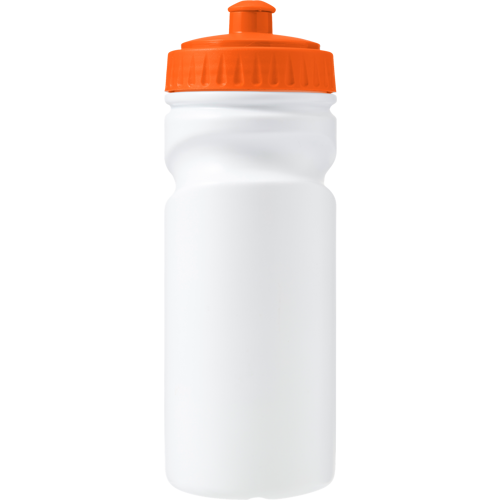
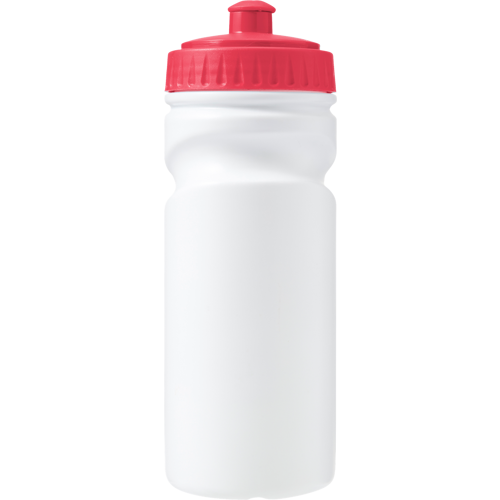
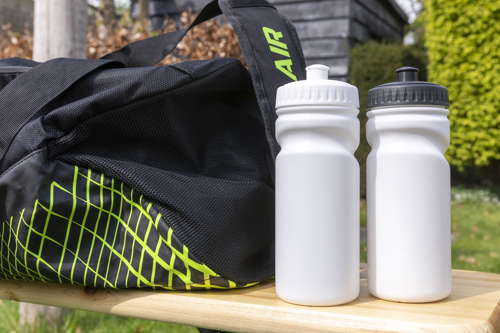
Recyclable single walled bottle (500ml)
sign in for pricing
sku. 7584
7 colours best seller
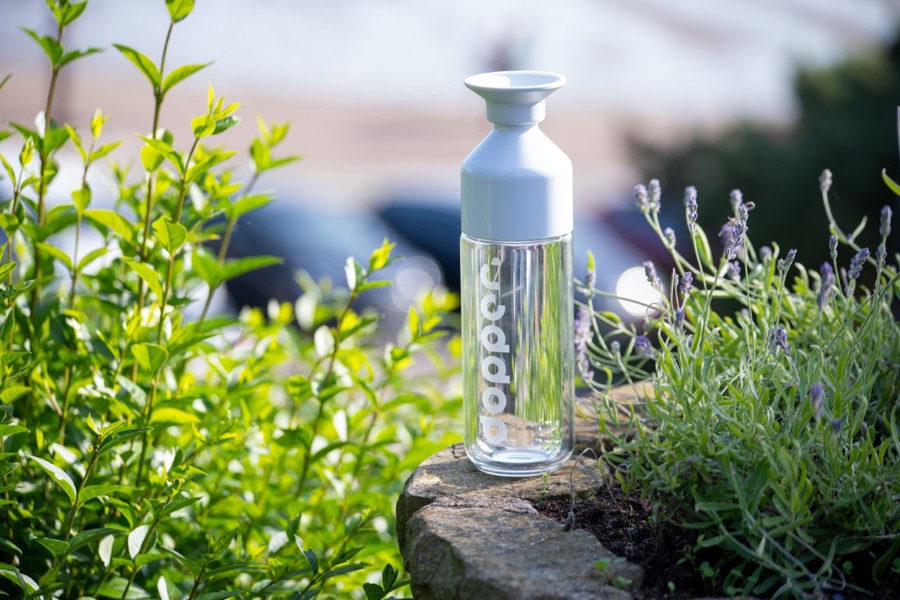
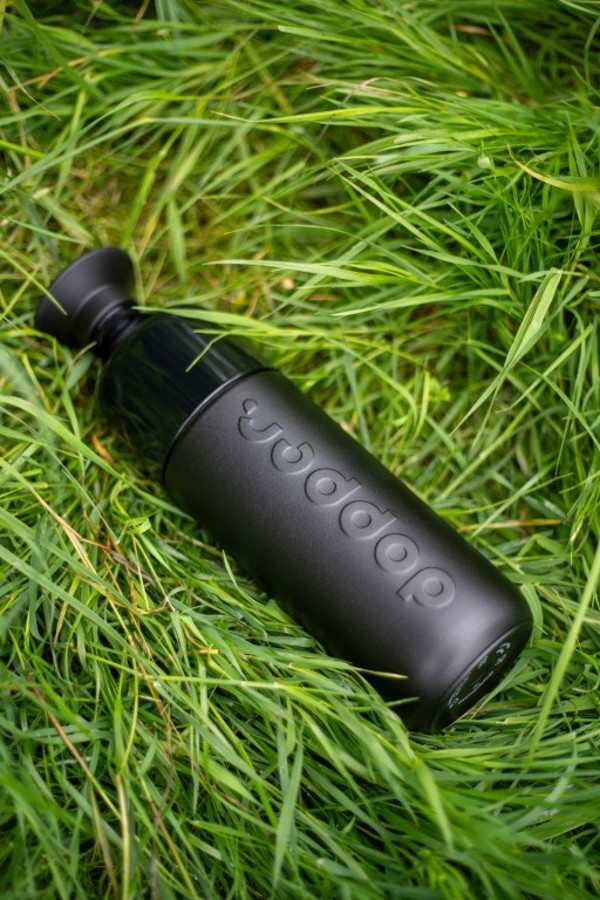
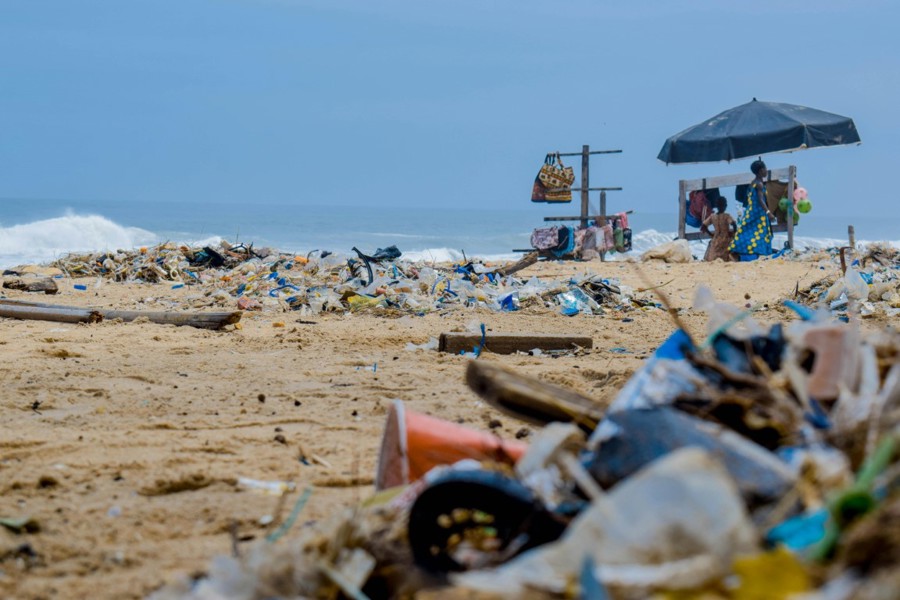
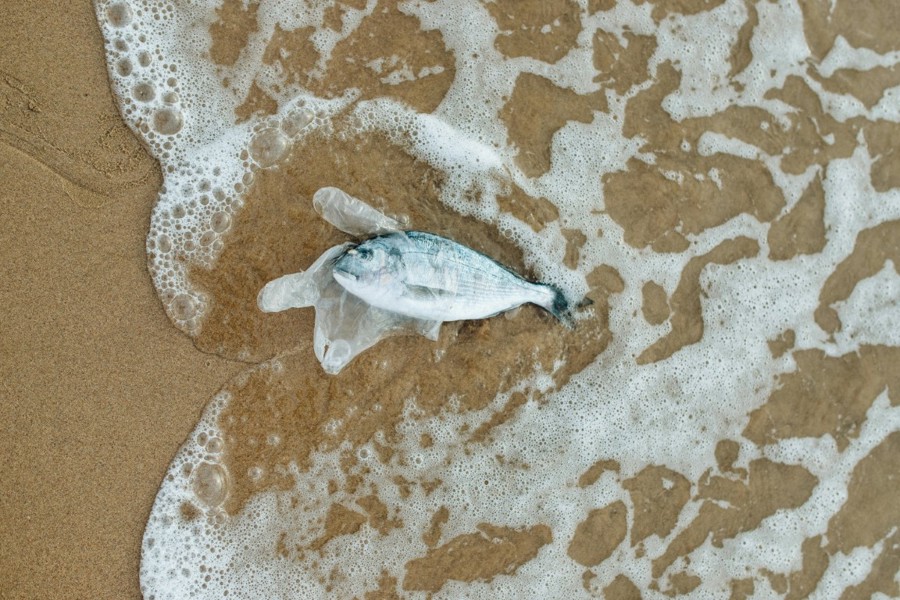

Mon, 03 Jun 2024
The world is finally waking up to the environmental issues we are facing as a generation today. With the grip of global warming, climate change, and deforestation, we are beginning to understand the importance of acting now. No matter who you are or where you are, we can all do our bit to contribute positively to the environment – and this is where the Dopper bottle comes in.
The Dopper bottle, while only a concept to begin with, has now become so much more. With certification from Cradle-to-Cradle, the Dopper bottle is on a mission to change the way we drink on-the-go and how we impact the environment while doing so.
Back in 2009, Merjin Everaarts was struck by the amount of plastic that’s polluting our oceans. Plastic bottles, being one, are a significant environmental concern with their substantial impact on marine ecosystems.
Billions of plastic bottles are produced and consumed annually worldwide, and despite recycling efforts, only a small fraction of them are actually ever recycled. Many of them end up in landfill sites, incinerators, or the natural environment.
And that’s not where it stops. Plastic bottles are made to be durable which means that they do not break down like other components, they can persist in our environment for hundreds to thousands of years. Sadly, many of them end up making their way into our oceans, contributing to the growing problem of marine pollution. The Great Pacific Garbage Patch demonstrates how ocean currents can concentrate plastic debris into floating patches which are composed of millions of tons of plastic waste.
Marine animals, such as fish, birds, and mammals, often mistake plastic debris for food, resulting in malnutrition, intestinal blockage, and death. It’s not just the consumption of plastic that kills these creatures, entanglement in plastic debris is also deadly.
We are facing not only biodiversity loss but also economic challenges, as the rising costs of cleaning up beaches and waterways lead to a decline in tourism and the fishing industry.
The visuals of plastic polluting our lands and oceans are horrifying, but there’s another big problem at hand: we are now in danger of the plastic we can’t see.
Microplastics are becoming an increasing concern as we’re beginning to witness the harm they’re causing. They come from broken down plastic bottles that have turned into small fragments. These tiny particles are pervasive in the ocean and can be ingested by a wide range of marine organisms, entering the food chain.
“Plastic pollution is one of the defining legacies of our modern way of life, but it is now so widespread it is even finding its way into fruit and vegetables as they grow.”
– BBC, February 2023
To turn Dopper from just a vision into a reality required a lot of planning and design. The Dopper Original bottle was designed with a unique three-part structure, combining functionality with an eye-catching aesthetic. The bottle, cup, and cap design not only made it versatile but also easy to clean, encouraging repeated use. Dopper’s commitment to sustainability influenced every aspect of production, from material selection to manufacturing processes, ensuring minimal environmental effort.
From the beginning, Dopper set ambitious sustainability goals for their bottles. They aimed to create products that were not just reusable but also produced in the most environmentally friendly manner possible. Dopper set out to meet thorough standards that would further validate their commitment to sustainability, leading them to pursue Cradle to Cradle certification.
In 2022, Dopper achieved a groundbreaking milestone – The Dopper Original bottle became the world’s first reusable bottle collection to earn Cradle to Cradle Certified® Gold. This certification is governed by the Cradle to Cradle Products Innovation Institute. Their aim is to drive the transition to a circular economy by establishing the global benchmark for materials, products, and systems that benefit both people and the planet. For a product to be certified by Cradle to Cradle, it means it must be meeting high sustainability standards throughout its lifecycle.
Products are evaluated across five categories:
The certification is awarded at five levels: Basic, Bronze, Silver, Gold, and Platinum, each representing a higher standard of achievement. For consumers, it gives assurance that the certified products are sustainably produced and safe, while for companies, it represents a higher commitment to continuous improvement in environmental and social responsibility.
Latest Posts
The benefits of using technology in promotional merchandise
Tue, 20 Aug 2024
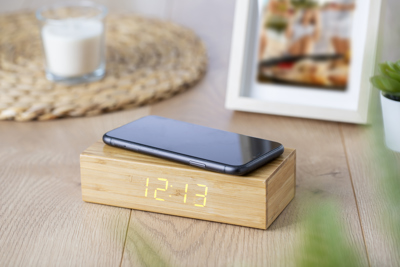
Why RFID bags are your go-to solution for security
Fri, 02 Aug 2024
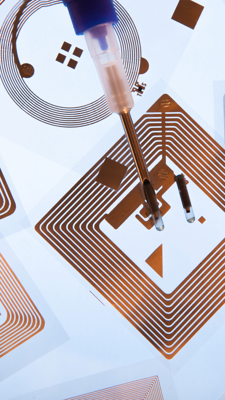
How to maximise ROI with branded merchandise
Fri, 19 Jul 2024
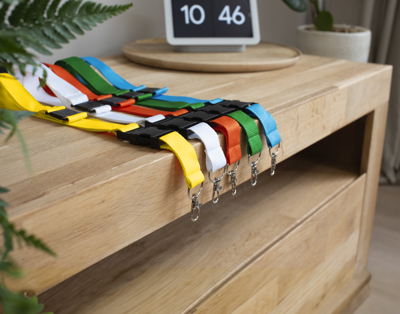
Exciting product ideas for fresher’s week
Fri, 19 Jul 2024
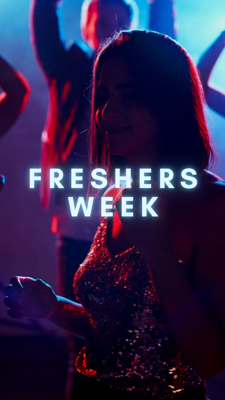
The importance of sustainability in promotional merchandise
Fri, 12 Jul 2024
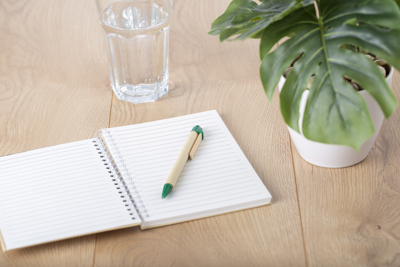
We use cookies to ensure our site operates effectively. By continuing, you agree to these cookies being set.